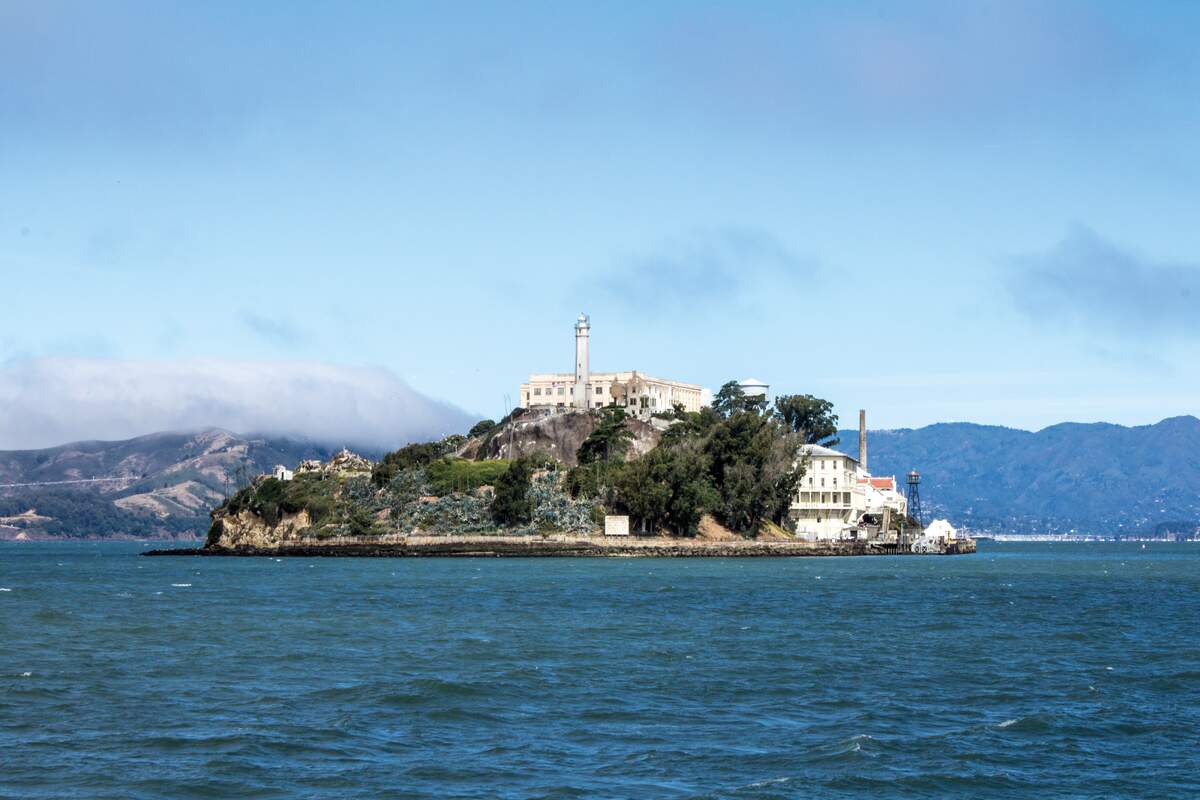

Unthanksgiving Day
Also known as
The Indigenous Peoples Sunrise Ceremony
Un-Thanksgiving Day
Observed
the fourth Thursday in November (since 1975)
Dates
Founded by
Hashtags
Sources
https://en.wikipedia.org/wiki/Unthanksgiving_Day
https://www.awarenessdays.com/awareness-days-calendar/unthanksgiving-day-national-day-of-mourning/
https://www.bustle.com/p/what-is-unthanksgiving-day-colin-kaepernick-showed-up-to-support-the-event-5549864
https://www.history.com/news/native-american-activists-occupy-alcatraz-island-45-years-ago
https://www.motherjones.com/politics/2019/11/unthanksgiving-day-50-anniversary-native-occupation-alcatraz-island-scene/
https://www.anrdoezrs.net/links/100298379/type/dlg/https://www.newspapers.com/image/461408723/
https://www.anrdoezrs.net/links/100298379/type/dlg/https://www.newspapers.com/image/461794208/
Unthanksgiving Day, also known as Un-Thanksgiving Day or The Indigenous Peoples Sunrise Ceremony, is a yearly event that takes place on Alcatraz Island in San Francisco Bay. Coinciding with the National Day of Mourning in Massachusetts and a counter-celebration to Thanksgiving Day, Unthanksgiving Day honors indigenous people and promotes their rights. It commemorates the survival of indigenous people after the European colonization of the Americas and honors their resistance through the centuries. Being held since 1975, it was started to commemorate the beginning of the occupation of Alcatraz Island by the Indians of All Tribes (IOAT), a group that was part of Alcatraz-Red Power Movement (ARPM), who held it for nineteen months, between November 1969 and June 1971.
The event is organized by the International Treaty Council and American Indian Contemporary Arts. In past years, chartered boats or ferries have brought people to Alcatraz Island from San Francisco for it. Open to the public, it is regularly attended by a few thousand indigenous people and spectators. A circle forms on the west end of the island to watch the sunrise. Before it comes up, various tribes donning traditional regalia dance to honor their ancestors. A bonfire, traditional drumming, and the peace pipe ritual are common. Speeches are made for indigenous rights, and various elements of indigenous culture and heritage are celebrated. In past years, the island event has been followed by a dinner at the La Peña Cultural Center in Berkeley, which has included more speakers.
The 1868 Treaty of Fort Laramie, also known as the Sioux Treaty of 1868, stipulated that surplus land was to be given to Native Americans. Using this treaty as their rationale, indigenous people began attempting to take Alcatraz Island shortly after Alcatraz prison closed in 1963. After an October 1969 fire destroyed the American Indian Center in San Francisco, the group Indians of All Tribes looked to take Alcatraz. The first protesters arrived on November 9 but were removed within a day.
Early on the morning of November 20, 1969, a total of 89 men, women, and children evaded aircraft and US Coast Guard boats, claimed Alcatraz Island under the treaty for all the Native tribes of North America, and began its occupation. They painted "Peace and Freedom. Welcome. Home of the Free Indian Land." on the water tower, as well as sayings like "Red Power" and "Custer Had It Coming" on buildings. Operations were set up in the warden's house and in the guards' quarters. They put out a manifesto proclaiming their intentions, addressing it to "The Great White Father and All His People." In it, they made their wishes known that they wanted to turn the island into a cultural museum and educational center, similar to what they had lost in the fire.
Hundreds of indigenous people spoke out for their rights during the occupation. Members of the American Indian Movement (AIM) visited, which led to other protests across the country, such as the painting of Plymouth Rock red and the National Day of Mourning in Massachusetts. Native American activists and college students continued to arrive on the island, swelling the number to 600 of those who lived there within months. The occupiers formed a governing council and set up a clinic, kitchen, nursery, grade school, and public relations department. Supplies were sent to the island by those supporting the occupation.
The Nixon administration started with a hands-off approach, not wanting any ramifications to come from removing the occupiers by force. Government officials were then sent to negotiate, but the talks were not fruitful. Eventually, in May 1970, the administration cut off the island's power to try to drive off the occupiers. Weeks later, a fire burned down many buildings. By this point, morale on the island was quite low. Most occupiers eventually left, although some remained. Outside support for the occupation flagged. On June 11, 1971, the United States government sent in armed federal marshals to end the Alcatraz occupation. They used the pretext that the foghorn and lighthouse needed restoration to justify their raid. By the time they arrived, there were only six men, five women, and four children left occupying the island.
The occupation did bear some fruits at the time. For example, it helped end the government's tribal termination policy and set the groundwork for other Native engagements, including more protests and occupations. It was a fertile time for protest and activism in the country. The Civil Rights Movement of the 1950s and '60s helped to inspire not only the fight for Native rights but the women's rights movement and the environmental movement as well. As for Alcatraz, it opened under control of the National Park Service. The legacy of the island's occupation lives on with Unthanksgiving Day, a holiday which also looks at the fight for indigenous rights more broadly, and celebrates Native survival and resistance following European colonization.
How to Observe Unthanksgiving Day
Celebrate the day by attending The Indigenous Peoples Sunrise Ceremony on Alcatraz Island. Afterward, you could spend time exploring the island. Check to see if there is a dinner in conjunction with the ceremony taking place later in the day. If you can't make it to Alcatraz, you could read the Alcatraz Proclamation, read a book such as The American Indian Occupation of Alcatraz Island: Red Power and Self-Determination, watch a documentary such as Taking Alcatraz or Alcatraz Is Not an Island, or support the International Indian Treaty Council.





















